As in many aspects of our society, in the fitness industry there are things that many of us accept as true based on dogma rather than science and facts. An example is the persistent myth that “eating fat is bad for you”. Once an entire system of training (or nutrition) has been developed around a certain (erroneous) belief, it becomes very hard to change, regardless of how much evidence is presented. Cognitive biases are formed over time, which are inflexible by definition. This is why it is SO important to keep an open mind and to become a critical thinker!
Stretching and flexibility training is one of the aspects of strength and fitness that really seems to be dragging it’s ass. Despite the abundance of mounting research and evidence to indicate that passive stretching can lead to muscle weakness, joint instability, and increased risk of injury, there still seems to be a stubborn faction of fitness pros who won’t give it up without a fight. But if you try to argue against science armed with only your opinions it’s like bringing a knife to a gun fight.
If you were to do a quick search on Google about how and when to stretch, I’m certain you would find a lot of conflicting advice. For myself the best approach became clear after seeing too many trainees unable to perform optimally or suffer from recurring injuries, in part due to improper stretching habits. I believe it’s time to take a closer look at stretching and flexibility training.
But before we get into that, let’s look at the 2 main categories of stretching: passive and active.
Passive stretching is when you use an outside force other than your own muscle to move a joint or limb beyond its active range of motion, to put your body into a position that you couldn’t do by yourself (such as when you lean into a wall, or have a partner push you into a deeper stretch). Unfortunately, this is the most common form of stretching used.
Active stretching eliminates outside force and it’s adverse effects from stretching procedures. It involves actively using your own muscles to achieve range of motion; as the antagonist (opposite) muscle contracts, the agonist (target) muscle groups lengthen and relax. This is a safe, effective, and recommended method of stretching.
Unfortunately most people are more familiar with traditional passive stretching which can actually hurt your performance and cause injury! Research from the American Journal of Applied Physiology and reports brought to us by the American College of Sports Medicine show that passive stretching can decrease strength and muscular power output by up to 20 %.
Passive stretching will dampen the nervous system activation of the involved muscles, essentially making them looser, weaker, and less stable for at least an hour afterwards.This reduces strength and joint stability and can negatively affect your athletic performance as well as increase risk of injury, especially for those athletes who are still using passive stretching prior to training or competition!
Exercise physiologists have concluded that passive stretching not only has no effect on preventing injuries, but it can actually make you even more likely to get hurt. But I didn’t take their word on it… I’ve experienced the effects of passive vs. active stretching first hand. I’ve also worked with biomechanics specialists who use Applied Kinesiology muscle testing as a reproducible way to measure muscle strength and responsiveness. They demonstrated that in almost every case a passive stretch is performed the muscles will test weak after. On the other hand, active isometric exercise will improve muscle activation.
So what should you do instead?
Active stretching is a safe effective method of maintaining a healthy range of motion, while increasing joint stability and strength. Because muscle ‘tightness’ is often due to compensation for joint instability or weakness in another muscle, developing strong, stable joints allows a greater range of motion. It is recommended to perform active range of motion (AROM) exercises following a workout, game, or practice session. The “stretch” positions can be very similar to passive stretches, but they are being held using muscular effort, not outside force. Actively hold each position for about 10 seconds.
Examples of some basic AROM static stretches include:
- Lats– reaching your arms straight overhead
- Chest– extend your arms out to the sides, and retract your shoulder blades
- Quadriceps– flex your heal toward your butt, contracting the hamstrings
- Hamstrings– extend your leg straight in front of you, and contract the quads
Look at it this way: if the “tight” muscles are under increased tension because they are compensating by taking up the slack for the “weaker”, inhibited muscles, what happens if you start passively stretching those tight muscles? They will reduce tension, “relax”, and become weaker, which now removes that compensatory mechanism that was holding things in place for the weak links. Now you have a very unstable joint because you haven’t activated and strengthened the weak links.
Let’s use a bicycle wheel as an example. If it has several spokes that are too loose, you will notice the wheel is asymmetrical and unstable. To fix this do you loosen all of the other spokes also, or do you tighten up the few loose ones? The correct approach is to tighten up the loose spokes so that you have even and balanced tension throughout. The wheel functions best my maintaining balanced tension on all spokes, NOT by removing tension and making them all “loose”! Your skeleton functions in a similar manner.
If you still choose to perform passive stretches, they are best reserved for post-workout or on a day when you are not working out. I also suggest following up with an active “hold” of the static stretch position (such as the AROM Static Stretches listed above) after each passive stretch. At least this can help to restore stability in that new stretched position by engaging the muscles that support it there. I demonstrated some examples of this in the Basic Active Stretches video at the top of this blog post… such as following up a passive hamstring stretch (where you lean forward and push into the stretch) with an active hold, extending the leg out in front of you and holding the “stretch” position without external force.
What about before exercise? Dynamic “stretching” exercises are another form of active range of motion activity that is recommended before training, practice or competition, and has been shown to reduce muscle tightness while increasing nervous system activation. A dynamic warm up involves moving parts of your body to progressively and gradually increasing reach, speed of movement, or both. Here is an example of a dynamic warm up, as well as some “Core Activation” exercises I also recommend before each workout (including several good isometric exercises to use) to help ramp up your neural muscular activation, reducing risk of injury while improving muscular balance, joint stability, and performance:
If this information seems new or strange to you, keep in mind that much of sport and exercise prescription and the management of musculoskeletal injury have developed empirically with very little research evidence to back it up. The culture is changing people! We have access to more information now than ever before… it’s time to adopt a more flexible mentality and challenge your old assumptions.
Stay loose (and strong!),
Josh
______________________________________________________________
Related Resources:
Testing Active vs Passive Stretches
Fitness Trends I Wish Would Die
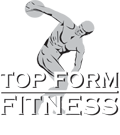
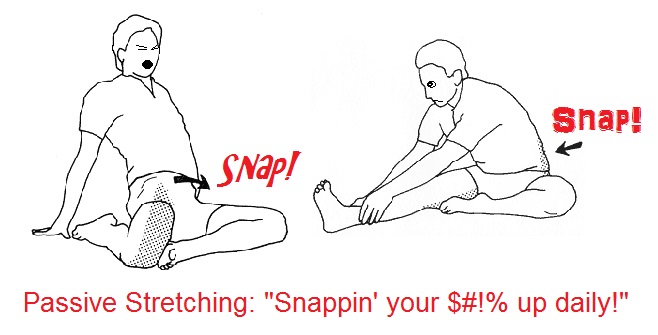

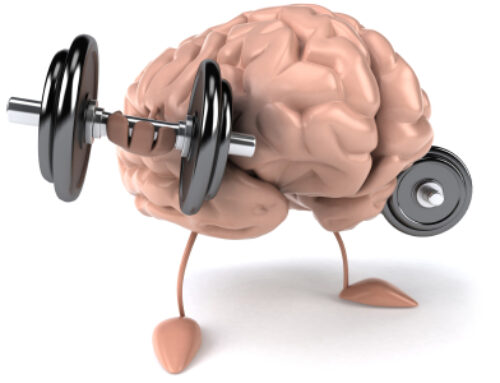
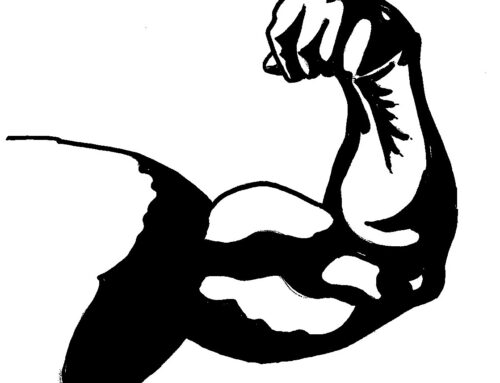
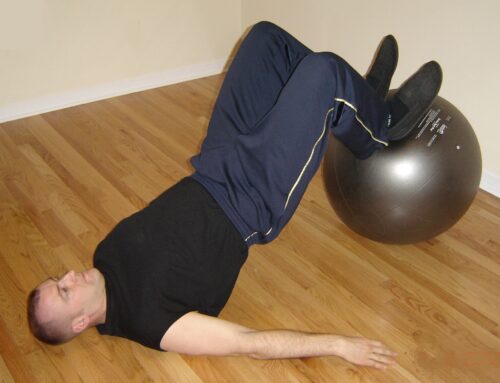

[…] => The Truth About Safe & Effective Stretching […]
love the active stretching, dynamic warm ups, and the core isometrics i will be doing these a lot more. thanks to everyone involved in this i am positive this is helping tons of people. top form fitness keep doing what you are doing its amazing
… [Trackback]
[…] Informations on that Topic: top-form-fitness.com/fitness-blog/stretching-causes-weakness-injury/ […]
Thanks for you infomation